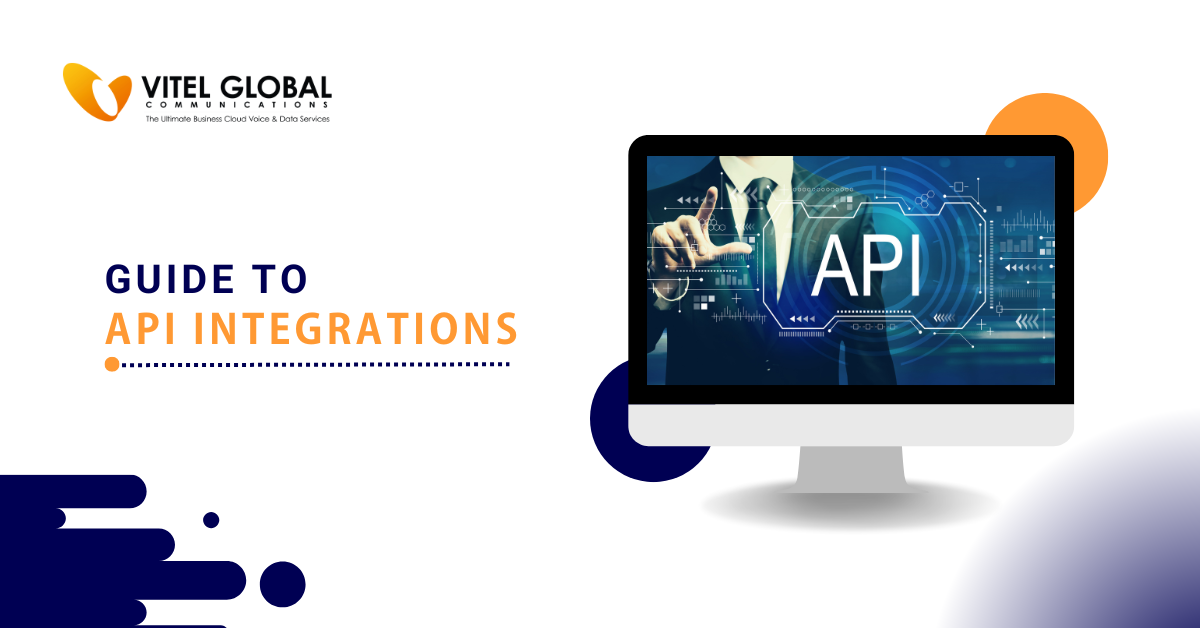Table of Contents
API stands for Application Programming Interface; APIs are an increasingly common way for one application to integrate with another. AWS is just one of many providers that offer API integration as a service, and deploying a site on AWS is pretty darn easy. But this article will give you the basics for using API Integrations.
Provider APIs are quite simple and follow a similar basic structure across providers, and they are all more or less configurable via HTTP requests to specific URLs.
An API integration is the process of integrating software applications as if they are acting as one. It is done through APIs, which allow for data exchange between two or more systems to provide greater functionality.
There are many reasons for implementing an API integration, including increased usability and time-saving features. In this guide, I’ll explore several possible use cases and highlight a few interesting developments that will make them happen relatively easily. Let’s get started!
API integration is a powerful tool for developers, allowing them to merge their code with other applications and systems. This process can be done in several ways – by making any changes to the code of the application, adding new modules, or even configuring your server.
What is Meant by An Interface from the Term Application Programming Interface?
Every device will have some interface; we use those interfaces exposed to get the device.
APIs provide a layer of abstraction, which hides everything from what is relevant to the user. It makes it easier for the user.
For example, we will take a Voice call API
API communications: If you have ever wanted to offer phone services to your customers, you have come to the right place. Here we will go through what a voice call API is and how it can make it easier for your customers to purchase phone services from you.
Voice over Internet Protocol (VoIP) is a technology that allows people not located in the same area of the world to communicate with each other through voice over the Internet. The benefits of using VoIP technology include the fact that users do not need to purchase a phone line or any equipment to use it and the ability of customers whose computers cannot support a regular computer modem to use VoIP.
For your customers to be able to make phone calls to one another, they need a voice call API. When customers use a free service like Skype or Google, they can access some basic features that enable them to make calls. However, if your business requires users to purchase a phone number, the customer needs access to more features.
These Include Features That Allow a User to:
Have multiple phone numbers. Be able to transfer callers to multiple locations. Have call forwarding for their current location or their home location and the ability to block certain phone numbers from ringing them up. Voicemail services are available for them and their organization.
Improvement of Team Productivity:
API integration platforms act as a high productivity booster because the time invested in creating, managing, overseeing, and fixing can now be spent on other actions and increase productivity.
Better and Easy Integration:
API can allow different applications and platforms to connect and share data without any other types of tasks, like using other software to connect. With this, better results can be obtained by reducing the development cost. Externally you can easily integrate the applications with third parties to improve usability by optimizing their functionality.
Advantages of API Integrations:
Many enterprises, including both small and large scale, are still struggling to take full advantage of their APIs. Make your teams more strategic; with fewer team members, API integration platforms enable your developer team to focus more on strategic projects to increase ROI on existing apps.
We will learn API integration and how to implement your APIs today!
Some of the Benefits Include:
- Cross-referencing data for more accurate results.
- Improving service quality and efficiency.
- Providing your organization with an easier interface for new developers to use.
- Optimizing your application for increased performance and reliability.
- Receiving feedback from customers in real time.
- Easier access to features, functions, and other valuable data.
- Increasing support through the website or telephone service.
- Integrating services with a single source of truth provides the highest data accuracy possible.
- APIs are essential in creating and developing innovative business ideas.
- Make your team more strategic.
- No need to manage each API individually
- Automatically performs all the tasks.
- Provides privacy and security.
- Improves conversations.
Over the past few years, there has been a growing trend in enterprises to utilize APIs as their primary or exclusive way of interfacing with external services. Cloud applications and mobile solutions have also largely contributed to this trend because of the flexibility and scalability that APIs provide.
In addition to integrations with legacy systems, there are other uses for APIs that are not necessarily legacy software. For example, on a large scale, APIs can securely connect systems between organizations and companies. It could provide users with access to hundreds of thousands of data sets that they can use to develop new applications, improve existing ones and generate valuable insights.
Conclusion:
Integrating your APIs is an excellent way to tap into the power of your existing software. As you’ll see, it’s much easier than it sounds and provides many useful benefits. Helps you to create new, innovative applications.
API integrations provide a source to connect different software applications. Sharing data and functions is possible by saving time, money, and effort. Sharing data between different departments is easier through API integration.





